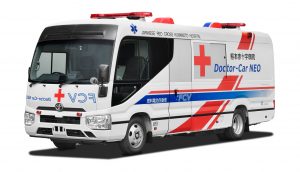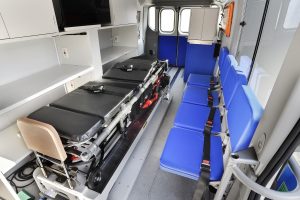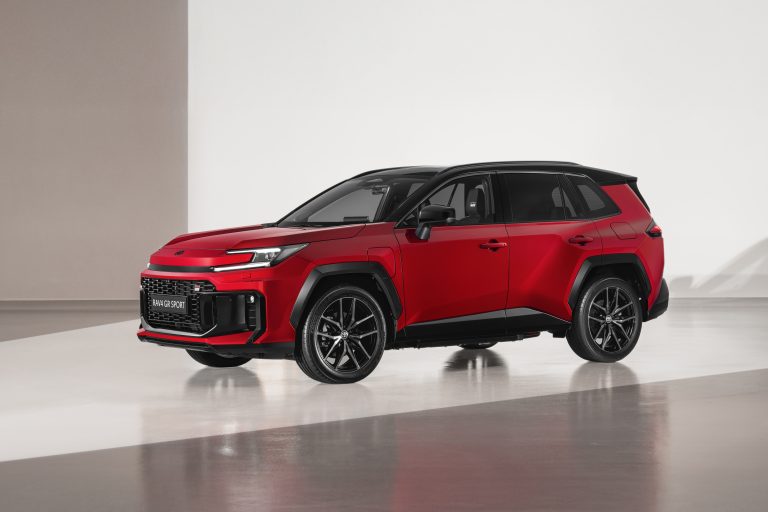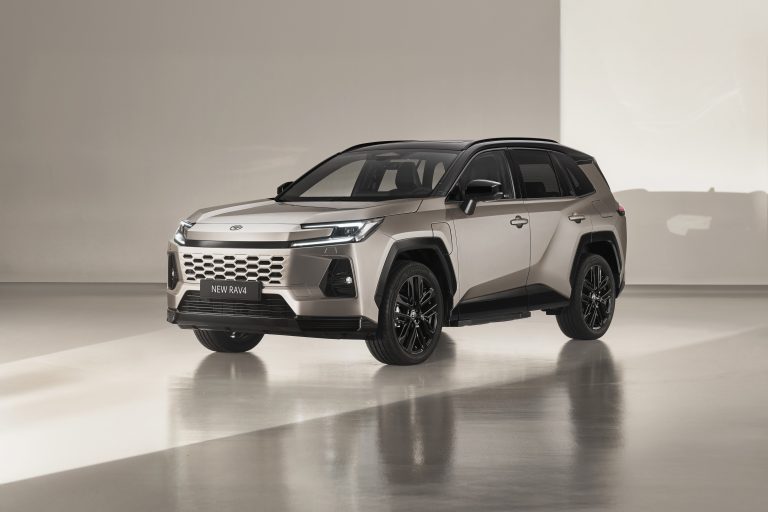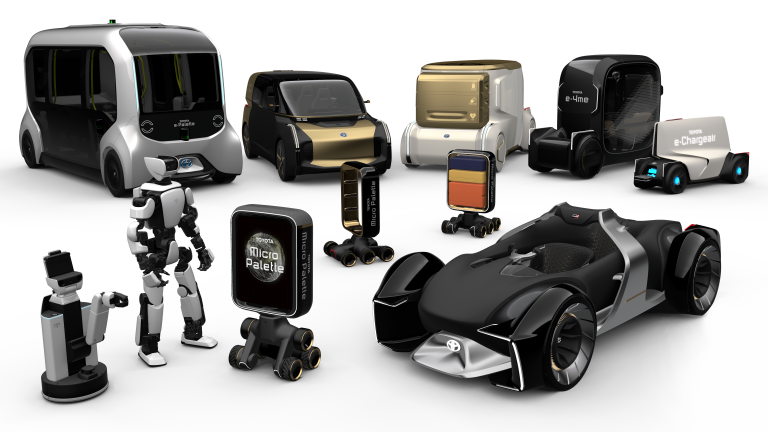Toyota and Japanese Red Cross Kumamoto Hospital to Begin Testing the World’s First Hydrogen FCEV Mobile Clinic
Toyota Motor Corporation (Toyota) and the Japanese Red Cross Kumamoto Hospital in central Kyushu prefecture will begin demonstration testing of the world’s first*1 fuel cell electric vehicle mobile clinic (FCEV mobile clinic) by the summer of 2021. The vehicle will use hydrogen to generate electricity with zero emissions, contributing to the reduction of CO2 emissions to help prevent global warming. The organisations aim to confirm the effectiveness of commercial FCEVs for provision of carbon-neutral transport for medical clinics and disaster zones.
Typhoons, heavy rains and other natural disasters have become more frequent in recent years, causing power cuts and increasing the need for medical services in disaster zones. In light of this, since the summer of 2020 Toyota has been working with Japanese Red Cross Kumamoto Hospital to look for solutions to these issues. The FCEV mobile clinic could be used to deliver everyday medical services and could also be used to support disaster relief efforts, and to supply electricity as part of a disaster response.
The FCEV mobile clinic is based on Toyota’s Coaster minibus, powered by the Toyota fuel cell system*2 used by the Mirai FCEV saloon. It produces no CO2 or other harmful emissions, while offering a quiet and smooth driving experience.
The vehicle is able to supply electricity to a variety of electrical products through multiple 100 VAC accessory power outlets both inside and outside the vehicle. It is also equipped with an external DC electric power supply system to deliver a high-output, large-capacity power supply*3 (9kW max output, approx. 90kWh supply capacity). Inside, the vehicle combines air conditioning with an exhaust system and HEPA filter*4 to improve infection control while occupants are working.
Toyota and Japanese Red Cross Kumamoto Hospital believe the FCEV mobile clinic will provide versatility not found in conventional mobile clinics. Bringing their respective knowledge and technologies to the development and utilising the exceptional environmental performance that is unique to FCEVs, they aim to explore expanded applications. In addition to emergency transportation of patients, they believe the FCEV mobile clinic has the potential for a wide range of applications and developments in the healthcare field, including supplying electricity to blood donation buses and medical examination vehicles, travelling to less-populated areas as a mobile clinic, and to provide mobile polymerase chain reaction (PCR) virus tests.
FCEV MOBILE CLINIC TECHNICAL SPECIFICATIONS
| Vehicle | Length/width/height (mm) | 7,160/2,105/2,795 |
| Gross vehicle weight (kg) | 5,670 | |
| Maximum speed (mph) | 62 (approx.) | |
| Cruising range (miles) | 130 (approx.) | |
| FC stack | Quantity | 1 |
| Maximum output (hp.kW) | 155/114 | |
| Motor | Quantity | 1 |
| Maximum output (hp/kW) | 182/134 | |
| Maximum torque (Nm) | 300 | |
| High-pressure hydrogen tank | Number of tanks | 3 |
| Hydrogen storage mass (kg) | 7.2 | |
| Power supply | Type and output | AC 100V, 9kW max |
| DC (CHAdeMO), 9kW max | ||
| Power supply capacity (kWh) | 90 (approx.) |
*1. As of March 2021, according to Toyota Motor Corporation.
*2. Fuel cell system installed in the first-generation Mirai.
*3. The power that can be supplied and the power amount may differ, depending on the performance of the power supply unit, amount of hydrogen remaining, and power consumption. External power feeding devices are sold separately.
*4. HEPA stands for high-efficiency particulate air (filter). According to JIS standards, HEPA filters are defined as having a particle capture rate of at least 99.97 per cent of particles measuring 0.3μm in diameter at a rated air flow, and an initial pressure loss of 24 Pa or less.
ENDS

